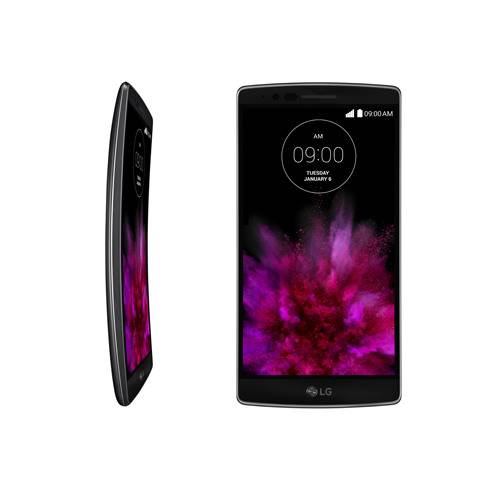
Although flexible materials have been available for years, a decent genuinely bendy smartphone has been elusive, despite LG’s best efforts. That changed Monday. As if to apologize for its first flop, the G Flex, LG introduced the first real contender in flexible smartphones Monday with the second-generation G Flex 2.
Ahead of the Consumer Electronics Show, the South Korean tech company unveiled a slew of new products, among them a handset that improves on its predecessor in some key ways. The original’s interesting proposition, to put a “self-healing” device naturally immune to rough handling and scratches, was marred by a mediocre 720p screen and a middling camera.
Its successor fills in those gaps, and adds in a few other details that would make any smartphone—flexible or not—pretty tempting.
Fast Specs Bursting At The Seams

While every other handset maker seems to chase the phablet trend with growing sizes, LG went the other way. Based on user feedback, the company whacked down its Android 5.0 (Lollipop) phone from 6 inches to 5.5 inches and reduced the curvature, so it sits more comfortably in the hand.
LG also borrowed its G3 flagship’s terrific 13-megapixel shooter (with its fast laser autofocus) and gave it to the G Flex 2, finally giving it a decent rear camera. Add in a 1080p HD display, faster performance—thanks to Qualcomm’s 2GHz octa-core Snapdragon 810 chipsets with 2GB of RAM and faster LTE Category 6—and fast-charging that juices up the G Flex 2’s 3000 milliampere hour battery up to 50 percent power in roughly 40 minutes, and you’ve got an intriguing device to ponder.
But it’s not just any other phone, with oh-so-fragile hardware integrity that rightly fears scratches and dents.
Bending Over Backwards
The “self-healing” feature isn’t just marketingspeak. The company essentially made a phone that you can sit on, punch, even drop on your kitchen floor. The resulting scratches and dings to the flexible shell vanish in 10 seconds, an improvement to the previous model’s three-minute recovery.
See also: Apple Really Needs To Get It Together
On the front, the new high-resolution display sits behind Corning’s Gorilla Glass, but there’s a twist: LG put it through its own chemical treatment to make it, the company claims, 20 percent stronger. This “Dura-Guard” glass supposedly makes the device just as strong around the edges as in the center. Inside, flexible components add to the device’s durability.
Of course, it’s not clear yet if consumers will flock to flexible smartphones. If anything, we expect our phones not to bend—see Apple’s Bendgate troubles with the iPhone 6 Plus.
Then again, given how fragile mobile phones have become, having a genuinely durable device may prove pretty tempting. We’ll find out for sure soon. The G Flex 2 will ship to South Korea first before making its way to other countries.

















